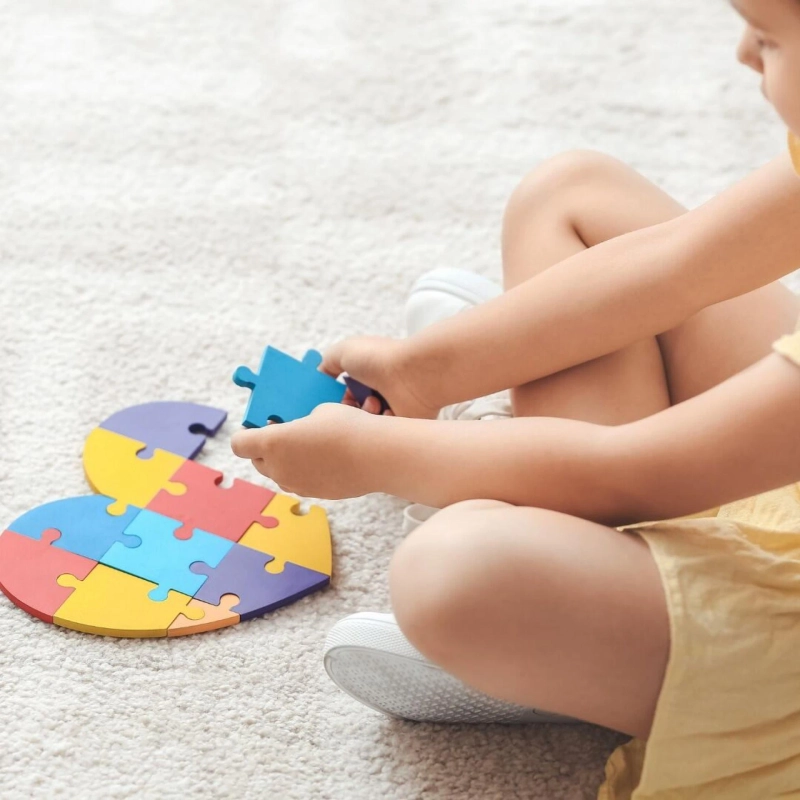Now that the Summer is finally upon us, it’s likely that you’ll want to spend as much time outdoors as possible – whether you’re going on a family day out or a summer vacation.
However, during this time, you must teach your children the importance of staying safe in the sun. This is particularly important for parents of children with autism, especially those who deal with sensory issues. Various studies have found that “sensory processing difficulties present a particular challenge to parents and carers when attempting to protect children with ASD from being exposed to harmful levels of solar ultraviolet radiation.
What role do sensory processing issues play in sun safety?
Studies have found that “up to 90% of people with an autism spectrum disorder have sensory processing difficulties.” This could mean that they show adverse reactions to different sensory experiences, which will reflect in their behavior. For example, if they’re exposed to something they do not like, they may be more prone to stimming or a meltdown.
As a result of these sensitives, “children with ASD may be extremely averse to wearing hats, the feel of sunscreen creams on their skin, which involves regular reapplication, and the wearing of clothing which covers and protects the skin.” As such, it can be difficult to keep them as safe as possible in the sun, especially during the summer months.
Top Tips for Ensuring Your Child with Autism Stays Safe in the Sun
Use a non-sticky sunscreen. If your child is dealing with sensory processing issues, you must avoid these triggers when selecting sunscreen. For example, you should opt for a non-sticky sunscreen and fast driving, which limits any unpleasant sensations they may face during the application process.
Apply sunscreen tactically. Learning the art of tactile sunscreen application can also make it easier to keep your children safe in the sun. For example, watching TV while applying sunscreen could mean that your child is distracted during the process and less likely to complain. Learning to apply their own sunscreen can also be beneficial!
Wear comfortable, protective clothing. One of the easiest ways to ensure your child stays safe when playing in the sun is to ensure they are well-covered. This is particularly important if they dislike sunscreen, as you do not have to apply sunscreen on areas already covered by clothing. You should ensure the fabric is lightweight, breathable, and, most importantly, comfortable.
Wear loose-fitting sunhats. “Wearing a sun-protective hat is a simple and effective strategy for reducing ultraviolet radiation to the face, head, and neck.” However, children with
autism and related disorders may refuse to wear hats or not keep them on very long if they do not feel comfortable with them. In this case, it’s better to opt for loose-fitting hats, as they tend to feel less restrictive.
Encourage them to play in the shade. Encouraging your child to take regular sun breaks by heading indoors or playing in the shade is also a great approach to sun safety. You may also want to read social stories about sun safety


